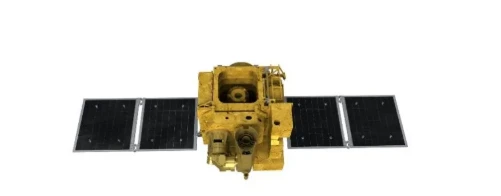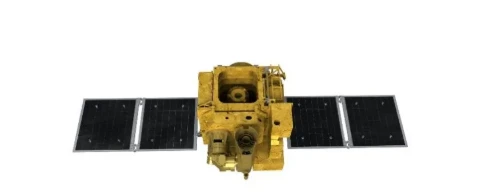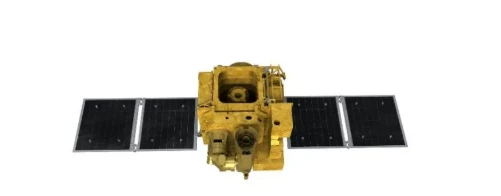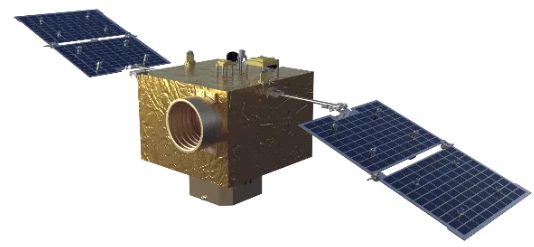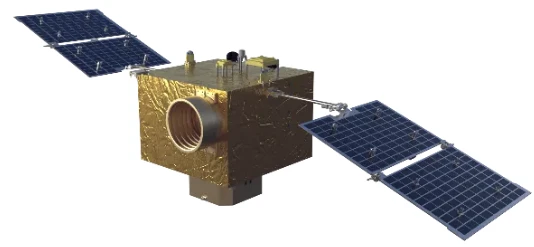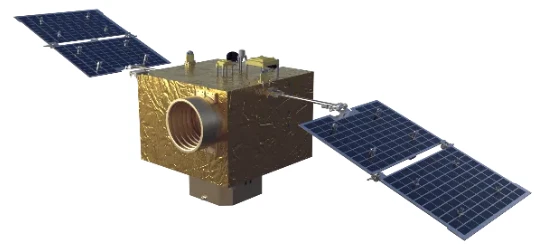
- африкалық
- албан
- амхар
- араб
- армян
- әзірбайжан
- баск
- белорус
- бенгал
- босниялық
- болгар
- каталон
- Себуано
- Қытай
- корсика
- хорват
- чех
- дат
- голланд
- Ағылшын
- эсперанто
- эстон
- фин
- француз
- фриз
- галисиан
- грузин
- неміс
- грек
- гуджарати
- Гаити креол
- Хауса
- гавай
- иврит
- Жоқ
- Миао
- венгр
- исланд
- игбо
- индонезиялық
- ирланд
- итальян
- жапон
- Яван
- Каннада
- қазақ
- кхмер
- Руанда
- корей
- күрд
- қырғыз
- Еңбек
- латын
- латыш
- литва
- Люксембург
- македон
- Малагаси
- малай
- малаялам
- мальталық
- маори
- Марати
- моңғол
- Мьянма
- Непал
- норвег
- норвег
- Окситан
- пушту
- парсы
- поляк
- португал
- Пенджаби
- румын
- орыс
- самоа
- Шотландтық гал
- серб
- Ағылшын
- Шона
- Синди
- Сингала
- словак
- словен
- Сомали
- испан
- сундан
- суахили
- швед
- Тагалог
- тәжік
- Тамил
- татар
- телугу
- тай
- түрік
- түрікмен
- украин
- урду
- ұйғыр
- өзбек
- вьетнамдық
- Уэльс
- Көмек
- идиш
- Йоруба
- Зулу
жаңалықтар
Unmatched Innovation in Drone Technology
Drones have become an integral part of many industries, and their versatility and efficiency continue to evolve with groundbreaking advancements. In this article, we explore the latest trends and technologies behind wind resistance level, vertical take-off and landing drones, twin tail drones, and aerodynamic layout—all of which are revolutionizing the drone industry and providing practical, high-performance solutions for commercial and industrial applications. As drone technology continues to improve, the need for drones that can withstand challenging environments and provide optimal performance in a variety of scenarios has never been more essential.
Unveiling the Importance of Wind Resistance Level in Drone Design
One of the key factors that determine the performance of any drone in real-world conditions is its wind resistance level. Drones are often deployed in challenging environments where high winds and unpredictable weather conditions can impact their performance. Whether you're using a drone for aerial photography, surveying, or agriculture, the ability to maintain stable flight in windy conditions is critical.
The wind resistance level of a drone is determined by its design, weight, and the power of its motors. Drones with higher wind resistance levels are built to handle stronger winds, allowing them to continue their missions with accuracy and safety. This is particularly important for industries like agriculture, where drones are used to monitor large fields, or logistics, where drones are utilized to transport goods over long distances.
Innovations in drone technology, such as the use of more durable materials and powerful motors, have made it possible to significantly increase wind resistance levels. Drones designed with high wind resistance levels can handle gusts of up to 30-40 mph, ensuring that operations can continue even in challenging weather conditions. This provides drone operators with a reliable, efficient, and safe solution for their needs.
Vertical Take-off and Landing Drones: A Game-Changer in UAV Technology
The advent of vertical take-off and landing drones (VTOL) has revolutionized the way drones operate. Unlike traditional drones that require a flat surface for takeoff and landing, vertical take-off and landing drones are capable of lifting off and landing vertically, much like a helicopter. This makes them ideal for use in environments with limited space or in areas where traditional runways are not available.
VTOL drones offer significant advantages over conventional drones. They can operate in confined spaces, such as city environments, narrow alleys, or even on rooftops, providing flexibility for commercial and industrial applications. Additionally, the ability to take off and land vertically eliminates the need for complex infrastructure, reducing the cost and time associated with drone operations.
The vertical take-off and landing drones are equipped with advanced propulsion systems, allowing them to switch seamlessly between vertical and horizontal flight modes. This makes them incredibly versatile, able to carry out tasks that require both hovering and long-distance travel. Whether you're using a VTOL drone for inspection, delivery, or surveillance, the technology allows for greater maneuverability and efficiency.
The Benefits of Twin Tail Drone Designs for Stability and Performance
One of the most recent trends in drone design is the twin tail drone configuration. This innovative design features two separate tails, offering increased stability and improved performance, especially in challenging flight conditions. A twin tail drone offers several key advantages, including better control and enhanced aerodynamic efficiency.
The twin tail drone design improves stability by offering greater resistance to lateral winds. In situations where a single-tail drone might experience turbulence or wind gusts, a twin tail drone remains much more stable and is less likely to lose control. This makes it ideal for use in environments with unpredictable wind patterns, such as outdoor surveying, search and rescue missions, and disaster relief operations.
Additionally, the twin tail drone configuration can help with better payload management. With improved stability, these drones can carry heavier loads without sacrificing control or performance. This makes them suitable for applications like delivering packages, carrying equipment for inspections, or transporting supplies in areas that are difficult to access.
Overall, the twin tail drone offers a combination of stability, control, and performance that is essential for a wide range of industries.
Aerodynamic Layouts: Maximizing Drone Performance and Efficiency
The aerodynamic layout of a drone is crucial for ensuring optimal flight performance and energy efficiency. Aerodynamics refers to how the air interacts with the drone's body during flight, and an efficient aerodynamic design minimizes drag and maximizes lift, allowing the drone to fly longer distances with greater stability.
A well-designed aerodynamic layout ensures that a drone can operate at peak performance in various environmental conditions. By minimizing air resistance and optimizing airflow, drones with advanced aerodynamic features can conserve battery power, improve stability, and extend flight times. This is particularly important in commercial applications where drones need to cover large areas or travel long distances.
The use of sleek, streamlined designs in the body and wings, as well as the careful placement of rotors, plays a critical role in improving the aerodynamic layout of a drone. Drones that incorporate these features are able to achieve greater speeds, smoother flight paths, and better handling in crosswinds or turbulent conditions. Whether you're flying a drone for precision agriculture, logistics, or surveillance, a drone with an optimized aerodynamic layout will provide improved operational efficiency and lower energy consumption.
The Future of Drone Technology
The future of drone technology is bright, with advancements like wind resistance levels, vertical take-off and landing drones, twin tail drones, and aerodynamic layouts leading the charge. These innovations are paving the way for more efficient, reliable, and versatile drones that can operate in a wide range of conditions and perform a variety of tasks.
For businesses and industries looking to adopt drones for their operations, investing in the latest drone technology is essential for staying competitive. Whether you're looking for a wind-resistant drone for agricultural monitoring or a VTOL drone for urban delivery, the right drone technology can improve your efficiency, reduce costs, and enhance the quality of your operations.
As drone technology continues to evolve, expect even more exciting advancements in aerodynamics, propulsion systems, and stability mechanisms. The future of drones is one of limitless possibilities, with these high-tech machines playing an ever-larger role in sectors like logistics, construction, security, and environmental monitoring.
FAQs About Drone Technology
What is the advantage of a wind resistance level in drones?
The wind resistance level of a drone determines how well it can perform in windy conditions. Drones with higher wind resistance levels can maintain stable flight even during strong winds, which is important for outdoor operations such as aerial surveying, agriculture, and logistics.
What is the primary benefit of vertical take-off and landing drones (VTOL)?
VTOL drones can take off and land vertically, making them ideal for use in confined spaces where traditional takeoff and landing areas are not available. They are highly versatile and can perform both hovering and long-distance flight.
How does the twin tail drone design improve stability?
The twin tail drone design features two tails for improved stability, especially in windy conditions. This design helps maintain control in turbulent air, making it ideal for tasks like surveying, inspections, and search and rescue missions.
Why is aerodynamic layout important in drone performance?
An optimized aerodynamic layout reduces drag and improves lift, allowing drones to fly more efficiently. This leads to longer flight times, greater stability, and better energy conservation, making it ideal for commercial applications.
Where can I buy drones with advanced features like wind resistance, VTOL, and twin tail design?
You can purchase drones with these advanced features from leading drone manufacturers and suppliers. Visit our website today to explore a wide range of drones equipped with the latest technologies for improved performance and reliability.
With the demand for advanced drone technology growing across various industries, now is the perfect time to invest in drones that offer superior wind resistance levels, vertical take-off and landing capabilities, twin tail designs, and optimized aerodynamic layouts. Visit our website to explore our comprehensive range of cutting-edge drones and take your operations to new heights!






